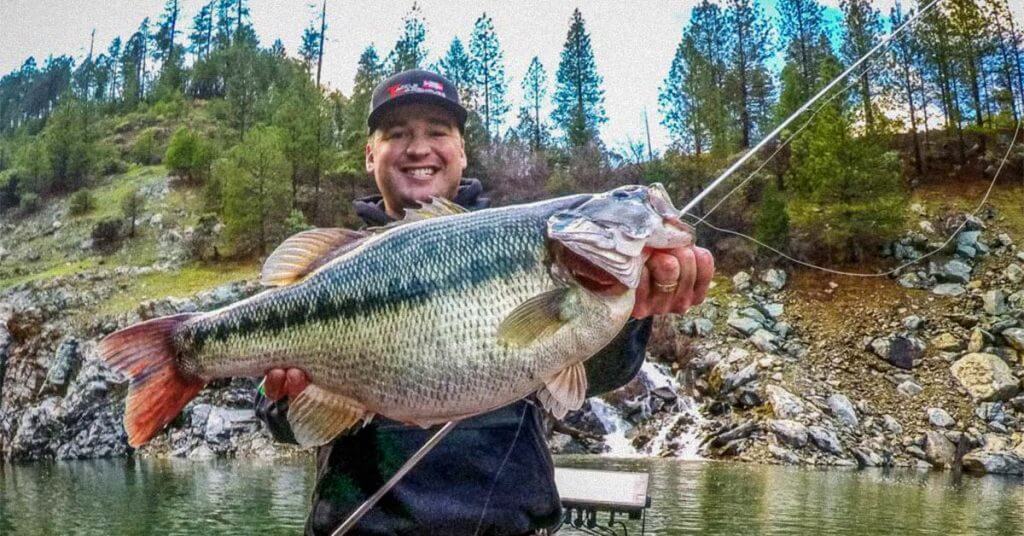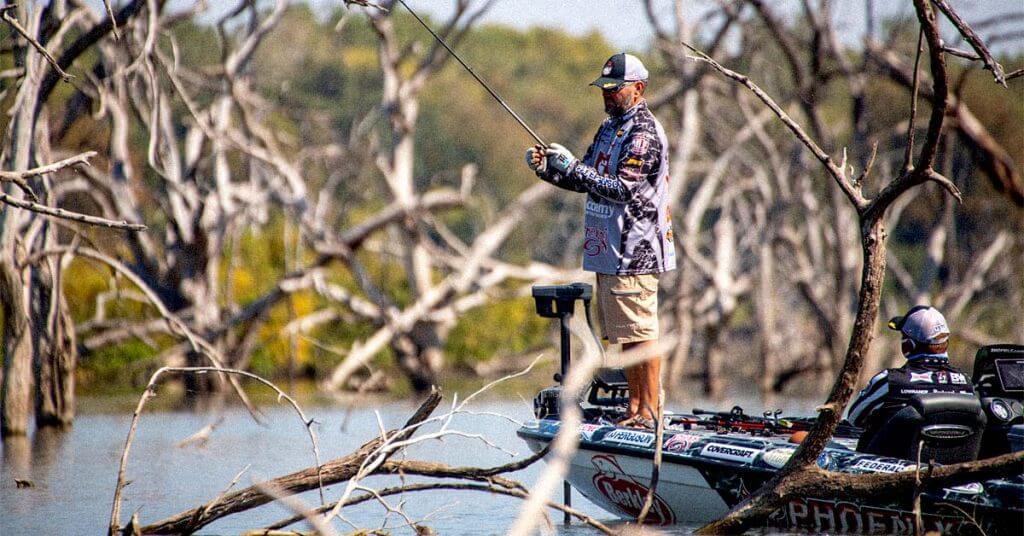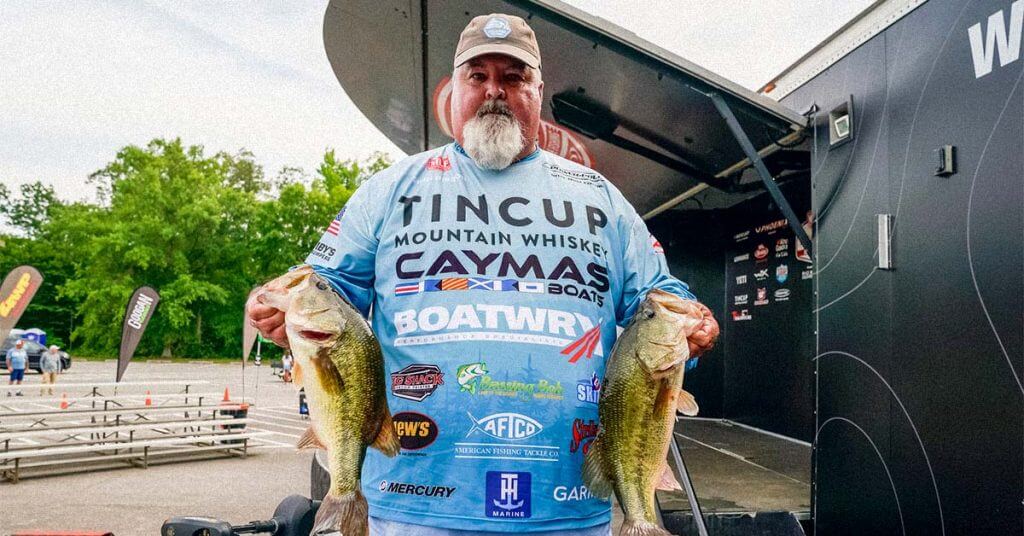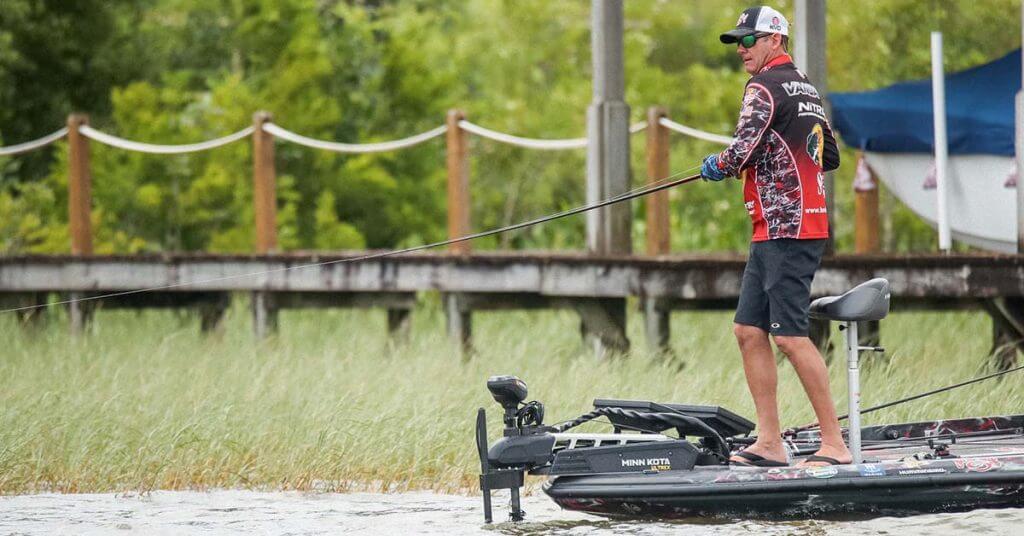You’ve nearly made it through another week!
And now it’s time to get on the water!
But before you do, take a look at what has happened around the fishing world this past week and you just might get a tip or two to try this weekend.
More below…
P.S. A big “welcome” to all our new readers. There’s a feedback form for you at the bottom of this letter. Smash that button and tell us what you liked (or didn’t like) about today’s stories.
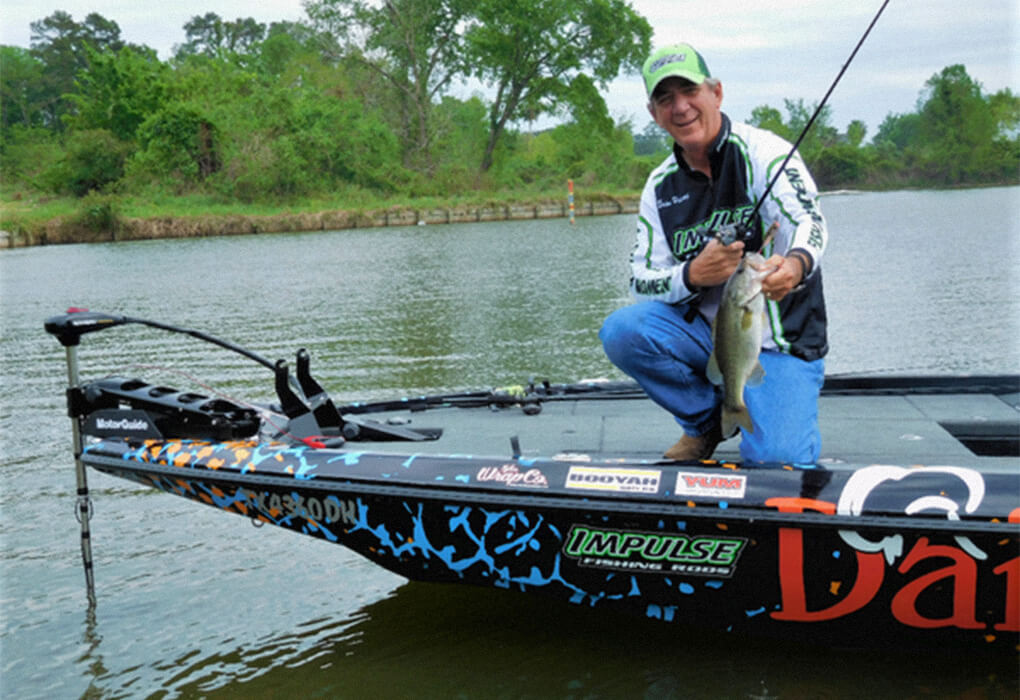
Zell Rowland has made a living on the pro bass circuit using topwater lures
The King of Topwater
Zell Rowland remembers a time when he tried to keep his favorite topwater lure a secret.
It was in the early 1980s, and Rowland was catching bass on a blooping bait called the Pop-R. The lure was a phenomenon in Texas, but it was still largely unknown nationwide.
Rowland’s secret eventually came out when he used the Pop-R to win the B.A.S.S. Super invitational in 1986. He got on the winner’s stand and decided he had to tell the truth.
“I had to tell everyone what I caught those fish on,” he said. “I wasn’t going to lie about what I was using.”
And just like that, the Pop-R became an overnight sensation. Pradco was flooded with orders for the bait and Rowland became famous for his topwater techniques.
“Catching a big bass is the ultimate for me,” said Rowland, 64, who has fished the pro ranks since he was 13. “It’s so visual. You don’t have to imagine how a bass reacts to your lure. You can watch it.”
Rowland has won thousands of dollars off the Pop-R, a cupped lure that bloops when it is retrieved, and he eventually became known as the “King of Topwater.”
He begins using topwater lures once the water temperature reaches 58 degrees and the bass are in a pre-spawn pattern. He continues to use the baits throughout summer.
Rowland often targets cover such as the shade of boat docks, rocks, brush, and shallow dropoffs to catch bass in low-light conditions. He experiments with cadences to see what the bass want.
While competing on the pro circuit, Rowland came up with other designs for topwater baits. His latest is the Booyah Zell Rowland Prank Cranking Popper, which doubles as a popper and a shallow-running crankbait.
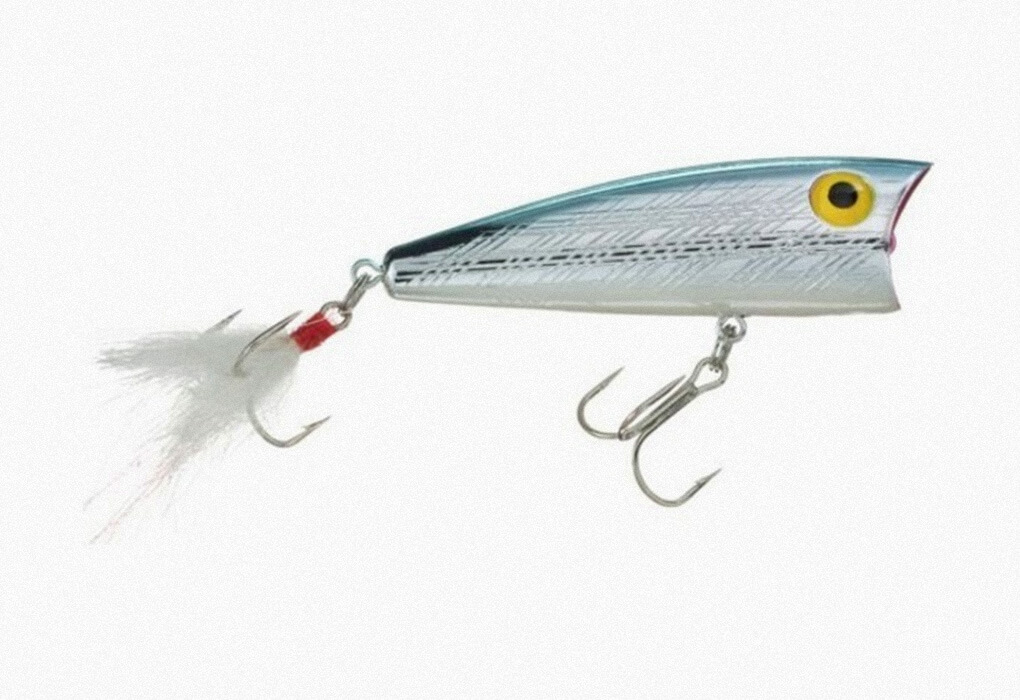
The legendary Pop-R
Lure of the Week: the Pop-R
This is the favorite time of the year for many bass fishermen. The fish are hitting on top.
Many topwater lures are on the market now, but in my mind, one of the originals is still hard to beat – the Rebel Pop-R.
Developed more than 30 years ago, it has withstood the test of time. With its cupped face, it throws off water like a struggling shad when it is blooped across the surface. And its tail feathers that undulate when the lure is paused often close the deal when the bass are on the attack.
The Pop-R is available in a variety of colors and sizes.
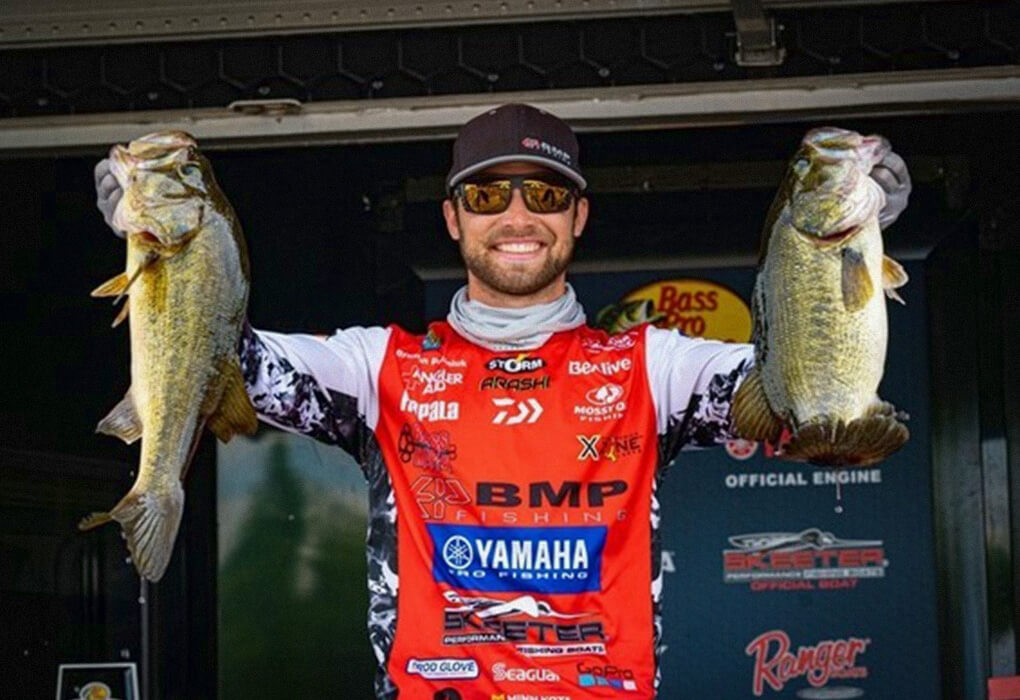
Brandon Palaniuk showed off two of the bass he used to win a Bassmaster Open tournament on the James River in Virginia. (Photo by Brenden Kanies/B.A.S.S.)
Turning the Tide
Brandon Palaniuk was on a tight schedule when he won the Bassmaster Northern Open on the James River in Virginia.
The pro from Rathdrum, Idaho, learned that an incoming tide triggered frenzied bass activity.
The only problem was getting to the key spot on the Chickahominy River, a tributary of the James, to take advantage of that rising water and getting out of there in time for weigh-ins.
He worked that schedule to perfection and caught a winning three-day total of 53 pounds, 12 ounces, from May 13-15.
Nicholas Bodsford of Richmond, Va., finished second with 50 pounds, 5 ounces.
“Yesterday (May 14) I had three fish with an hour to go and I caught 22 pounds in the last hour,” Palaniuk said. “I knew it was because of the incoming tide. I told my marshal, ‘We’re going to have 25 minutes of incoming tide before we have to leave. We’re going to push it to the last minute.’ ”
Palaniuk used Megabass Magdraft swimbaits and a dropshot rig with a green pumpkin XZone Lures Deception Worm to catch his biggest bass.
From the Back of the Boat
So, you’re fishing a tournament and you’re a co-angler stuck in the back of the boat.
The bite is tough, and the pro at the bow is catching what few bass are opening their mouths. What do you do?
Ned Kehde, the nationally known developer of the Ned Rig, has two words of advice for you. Try strolling.
“Sometimes, it can almost be an advantage being at the back of the boat,” Kehde told Your Bass Guy. “You can go to a finesse bait, cast it out behind the boat and just drag it along, shaking it every once in a while.
“You can cover a lot of water, almost like you’re trolling. And by downsizing your bait, you can pick up some fish even in open water.”
Want Some Fast Fishing? Try Bluegill Spawn
As we approached the back of a cove, we were greeted by a welcome sight.
A honeycomb of circles covered the shallows, indicating that the bluegills had fanned out nests.
Over some of them, the faint shadow of a big bull ‘gill could be seen, just daring us to invade his territory.
Roger Sigler and I cast small plastic twister tails beyond the nests and let them drift down into the craters. And often, we watched a big bluegill dart out to hammer our baits.
That took place for almost a half-hour until the live well of my boat was filled with a school of tasty panfish.
It was fast fishing at its finest, something I look forward to each May and early June.
When the water temperature pushes 70 degrees, the bluegills will move to sheltered areas in the back of coves and they’ll build their spawning “villages.”
They’re easy to find—several rows of fanned-out nests that stand out in the shallows. I like to cast small plastics to the spawning areas, but I’ll also use crickets and pieces of worms under a bobber. Others like to use a fly rod to present small flies or marabou jigs to the feisty panfish.
Either way, on an ultralight rod or a fly rod, the bluegills put up a giant fight.
The best fishing usually takes place from late May into mid June. Once it starts to get hot, the fry disperse and the adult bluegills move deeper. But by then, we’ve usually caught hundreds of the panfish in the most fun of ways, getting to watch them dart up and strike.
That’s it for now. See you on the water.

